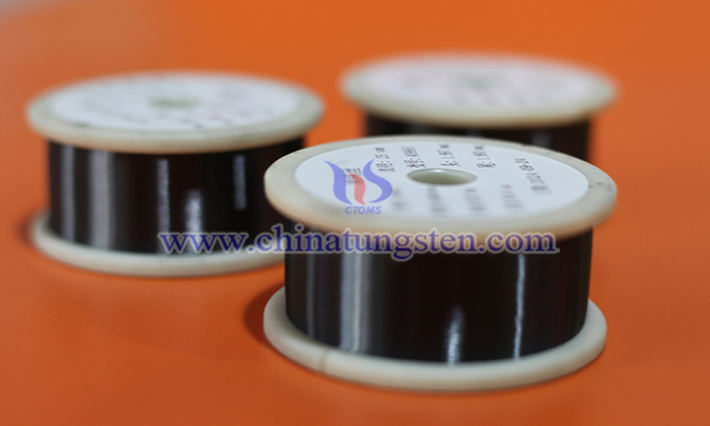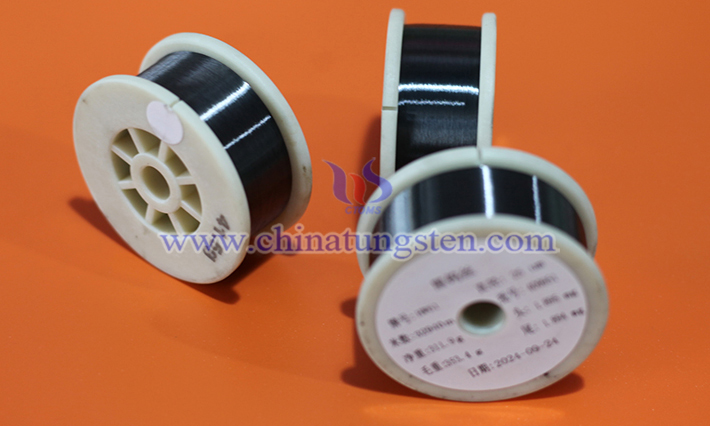Advantages of Tungsten wire as a High Melting Point Filament Material
- Details
- Category: Tungsten Information
- Published on Wednesday, 13 August 2025 15:52
- Written by Zhenghua
- Hits: 115
Tungsten wire, as a high melting point filament material, has significant advantages in the fields of lighting and electronic equipment, mainly reflected in its physical and chemical properties and performance in practical applications.
First, tungsten wire has an extremely high melting point. With a melting point of 3422°C, it is one of the highest melting points of any naturally occurring metal. This property enables tungsten wire to operate stably for extended periods in high-temperature environments, such as incandescent lamps or vacuum tubes, without melting or deforming. Compared to other materials, such as carbon or iron filaments used earlier, tungsten wire is more durable at high temperatures, ensuring the filament maintains its structural integrity even at high power.

Second, tungsten wire exhibits excellent thermal stability and oxidation resistance. In a vacuum or inert atmosphere (such as argon or nitrogen), tungsten wire resists high-temperature oxidation, extending its service life. This is particularly important for incandescent and halogen lamps, as the filaments must maintain continuous illumination at high temperatures. Tungsten's chemical stability effectively reduces material loss. Furthermore, tungsten wires have a low evaporation rate at high temperatures, reducing the risk of blackening of the bulb's inner wall, thereby maintaining stable luminous flux and extending lamp life.
Third, tungsten wires possess excellent mechanical strength and ductility. Through the wire drawing process, tungsten wires can be made into extremely fine wires, capable of withstanding the thermal stresses of high temperatures without breaking. These properties make them suitable for manufacturing precision filaments to meet the needs of lamps of varying sizes and power. For example, in halogen lamps, tungsten wires must withstand vibration and thermal shock in high-temperature and high-pressure environments, and their high strength ensures reliability.

Fourth, tungsten wires have a moderate electrical resistance, making them suitable as light-emitting elements. Tungsten's resistivity increases with temperature. This positive temperature coefficient enables the filament to quickly heat to an incandescent state upon initial power-up, producing high-brightness light. Furthermore, tungsten wires' high resistivity allows them to reach the required temperature at relatively low currents, making them suitable for use in high-efficiency lighting devices. Furthermore, tungsten wires have an emission spectrum close to blackbody radiation, providing a warm, natural white light suitable for both home and commercial lighting.
Finally, tungsten wire's resource availability and mature processing technology also offer advantages. Although tungsten is a rare metal, its reserves are relatively stable, and modern metallurgical technology enables efficient extraction and processing of tungsten wires at manageable costs. The production process for tungsten wires has been optimized over a century, enabling large-scale production of high-quality filaments to meet industrial needs.
- Chinatungsten Online: www.tungsten.com.cn
- CTIA GROUP LTD: en.ctia.group
- Tungsten News & Price: www.ctia.com.cn
- Molybdenum News & Price: news.molybdenum.com.cn
- Tel.: 86 592 5129696; Email: sales@chinatungsten.com





 sales@chinatungsten.com
sales@chinatungsten.com